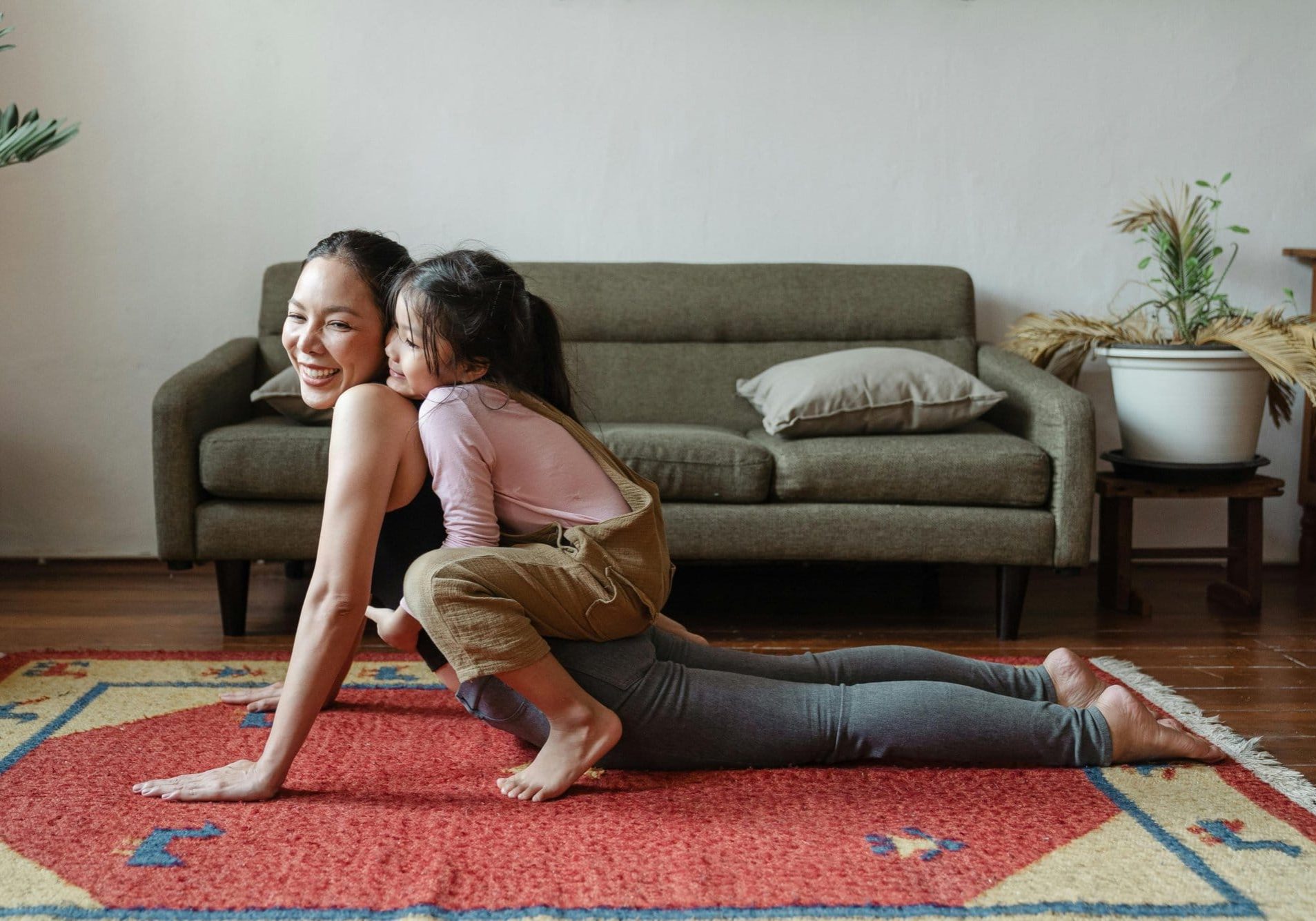
Breathing Exercises to Help Your Child Relax
Empowering Your Little One with Tools to Navigate Big Emotions and Find Inner Peace - By Lucy Couser
Reading time: 4 minutes
Does your little one transform into a mini-hurricane during meltdowns? You’re not alone! Tantrums are a normal part of childhood development, but that doesn’t mean they have to be a daily struggle. When you are little, you feel these new and crazy emotions, which can be a lot to handle and they don't yet know how to cope with and work through those big emotions.
Patience and teaching moments are crucial during these early stages of development so passing on some knowledge you may of only learned in your 20s can transform not only how they communicate their feelings but also how they work through stressful situations.
These little moments can help them through their later years and it also gives us peace of mind that when you aren’t there to help them through these bug emotions, they have breathing techniques, among other things, to refer back to.
This guide explores how simple yoga breathing exercises can help your child navigate their emotions and find peace in the midst of a storm.
Why Yoga For Tantrums?
Yoga isn’t just about fitness and strength training, although it does help a lot with those two elements. We all know that it was introduced centuries ago because it connects your mind, body and soul through movement and breathing techniques. By teaching your children the basics of breathing techniques, they are then equipped with a powerful holistic tool that can calm their nervous system and manage stress during tantrums.
Have you ever had such a crazy crying session where you forgot how to breathe for a second and then once you take a few deep breaths, that balance just comes right back and you are able to process what has just made you upset and think of healthy solutions? Teaching your children the reason why breathing is important for them in the future as well as during their big emotional outbreaks.
What Breathing Techniques Shall I Teach My Toddler?
Here are some easy toddler friendly breathing exercises that you can introduce to your toddler when they are not in a tantrum. This will not only help with them remembering and having a positive correlation with the lesson but it could also encourage them to do so when you’ve asked them.
Belly Breathes
Learning to breathe deeply from the belly activates the body’s relaxation response, helping your child calm down naturally.
Here are some of our top tips to help teach your toddler how to belly breath.
- Make it into a game: give your children their favourite toy, whether it be a stuffed toy or even sofa cushion cover. Then go on to tell them to breathe air to make their toy’s tummy bigger, like a balloon, if you will. As they inhale, their own belly should expand like their teddy. As if they can do it themselves.
- Sensory Activities: Place a feather on a table and ask your children to try and blow it across the table using only their belly breaths. It will be good to show them yourself what you mean. Be sure to remind them during this fun, active game that the slower and deeper they breathe, the further the feather will go.
Calming Counts
This type of breathing exercise is designed to help your toddlers manage those big emotions and find a sense of calmness. Especially when voice of reason doesn’t get through to toddlers at these stages, finding ways to bring them back to base is key. It uses the power of slow and controlled breaths combined with counting to distract them from their big emotions and bring their mind to something else as a form of calming distraction.
Here are our top tips for introducing this technique naturally.
- Introduction: Start a conversation with your toddler when they seem engaged and tell them you’ve got a new and exciting secret trick to teach them.
- Show them: Toddlers tend to be visual learners at these stages of development so show them by taking a deep breath through the nose, holding for a second and making it obvious you are breathing through your mouth.
- Practice counting: When you are doing the breathing exercises with them, begin to introduce the counting element through ways like “Breathe in together, one, two..” and then say, “Now exhale, three four…”
It might not go as smoothly as written on here but it’s a slow burner to teach these techniques and it might take a few times to fully get them engaged with the idea of wanting to learn something new. Be patient, make it into a game and have fun with it!
Animal Breathing
Animal breathing not sound like something your toddler would love but it’s a fun and manageable way to introduce breathing exercises. It combines both visualisation and simple breathing techniques, whether itbelly breathing or deep breathing. All in all, this makes it much easier for you to translate these ideas into your toddler.
Here are some tips for you:
- Choose an animal: It might work better if you choose their favourite animal or ask what they are thinking of right now.
- Show them animal breathing: What I mean by this is that you explain how that animal breathes and have fun with it. You could pretend you are that animal and show them slowly how they breathe. Alternatively, you could show them a video of them breathing, you might as well take advantage of all the resources you have.
- Join in: after showing them visually, get them to copy them and show them new ways to breathe like their favourite animal.
This is a fun way to teach them more about something they are interested in, which increases the likelihood of them engaging with you and taking on the information. Especially during tantrums, it might be easier to ask them to breathe like a tiger or a lion.







